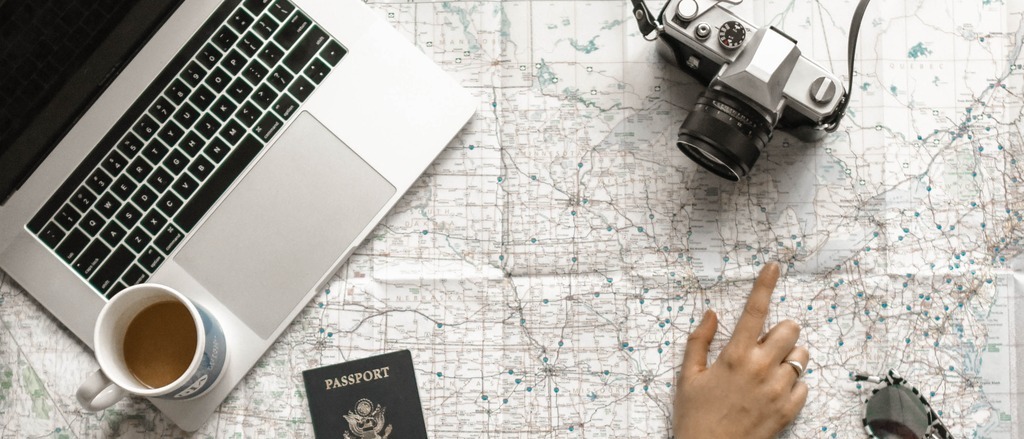
7 weird and wonderful places you’ll (probably) never visit
- Travel Guides
Share this


Share Links
Check out this travel tip from Jack`s Flight Club
https://jacksflightclub.com/travel-hub/undefined
 Copy link to post
Copy link to post Email
Email WhatsApp
WhatsApp Facebook
Facebook Twitter
Twitter

Katy is a seasoned budget traveller living in Scotland with her husband and two cats. She has already been to every country in the EU and is now working on grand plans to conquer the rest of the world. When she’s not writing up travel inspo for The Detour, she’s usually researching her next trip.






